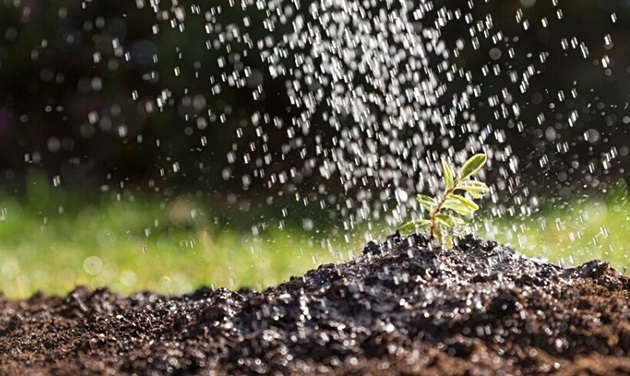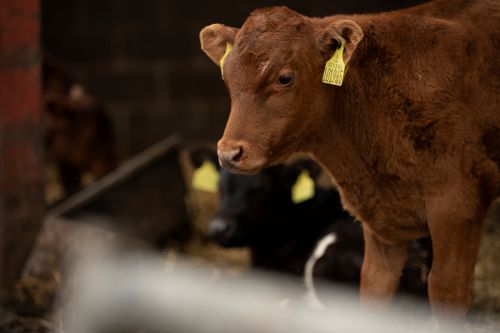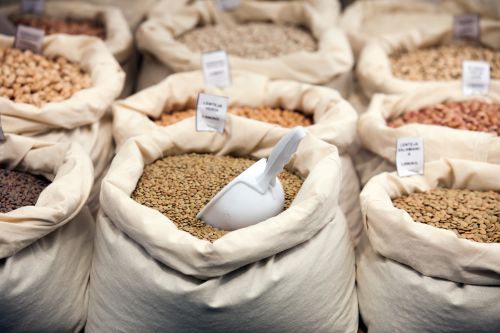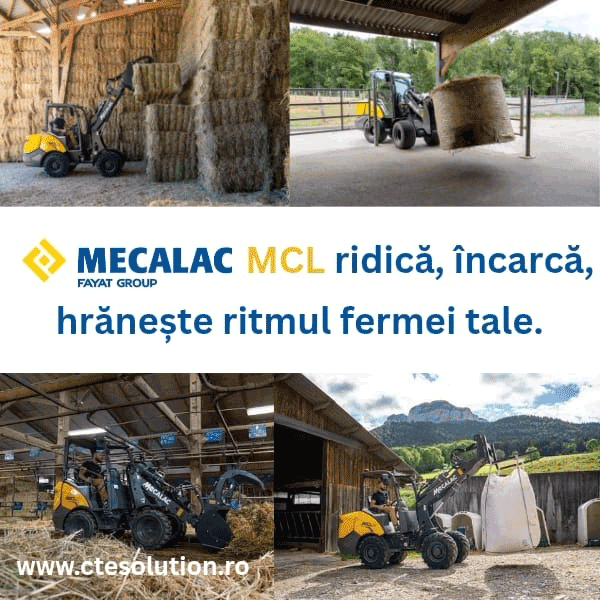
Romanian Agriculture in 2025 Faces Major Challenges Due to Water Saturation and Irrigation System Rehabilitation
In 2025, Romanian agriculture is facing significant challenges related to the water saturation of agricultural land and the progress of irrigation system rehabilitation works.
According to data provided by the Ministry of Agriculture and Rural Development (MARD) and the National Meteorological Institute, these factors are directly impacting agricultural productivity and the country’s food security.
Water Saturation of Agricultural Land in 2025
According to the National Meteorological Institute, during the first part of 2025, Romania recorded above-average rainfall in the southern and eastern regions, leading to excessive soil saturation in these areas.
This situation negatively affected cereal and legume crops, causing delays in agricultural operations and reducing yields per hectare.
In contrast, the western and central regions of the country experienced prolonged drought periods, leading to water deficits in the soil and a growing reliance on irrigation systems to maintain crops under optimal conditions.
This climatic variability highlights the importance of efficient and locally adapted water management systems.
Progress of Irrigation System Rehabilitation Works
In recent years, the Ministry of Agriculture and Rural Development has launched a national program to rehabilitate irrigation systems, aiming to increase irrigated areas and improve the efficiency of water use in agriculture.
According to the National Strategy for the Rehabilitation of Primary Irrigation Infrastructure, published in 2019, rehabilitation works were planned for several land improvement systems to ensure better water resource management in agriculture.
By 2025, significant progress has been made in the rehabilitation of irrigation infrastructure. According to the report “Funds for a Modern and Reformed Romania” published by the Directorate for Agriculture and Rural Development, substantial funds have been allocated for modernizing water management systems, including the rehabilitation of irrigation canals and pumping stations.
However, challenges remain in the implementation of these projects, including delays in construction works and difficulties in securing the necessary funding to complete all proposed objectives.
A close collaboration between central and local authorities, as well as with farmers, is essential to ensure the success of these initiatives and to adapt agricultural practices to new climatic conditions.
Conclusion
The year 2025 brings major challenges for Romanian agriculture regarding water saturation management and the rehabilitation of irrigation systems.
Variable climatic conditions underline the need for effective water management strategies and ongoing investment in agricultural infrastructure. Cooperation among authorities, research institutions, and farmers is crucial to ensure the sustainability and resilience of the agricultural sector in the face of climate change.





